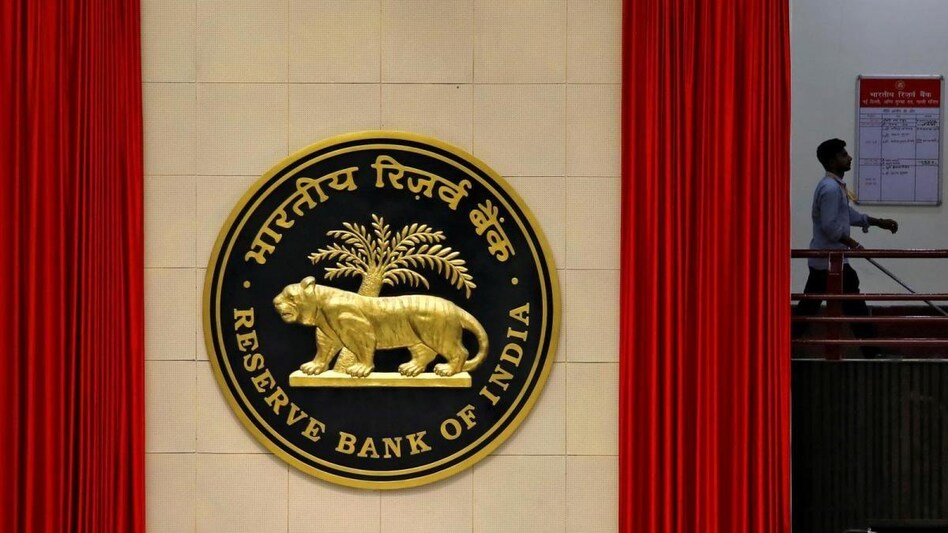 The RBI also adds that the merchandise exports recorded a growth of 24.5 per cent during April-June 2022, with some moderation in July
The RBI also adds that the merchandise exports recorded a growth of 24.5 per cent during April-June 2022, with some moderation in July The RBI also adds that the merchandise exports recorded a growth of 24.5 per cent during April-June 2022, with some moderation in July
The RBI also adds that the merchandise exports recorded a growth of 24.5 per cent during April-June 2022, with some moderation in JulyFour months ago, the Reserve Bank of India ( RBI), had revised the GDP projection downward from 7.8 per cent to 7.2 per cent. But strangely, the GDP prediction has been kept at 7.2 per cent even though the benchmark repo rate has increased by 140 basis points in the shortest possible time, other macroeconomic fundamentals have gotten worse, and the US has technically slipped into a recession.
The GDP recovered to 8.7 percent in 2021–2022, following a sharp decline of 7.3 percent during the first Covid years of 2020–21. So, what makes RBI so optimistic about growth?
"High frequency indicators of activity in the industrial and services sectors are holding up. Urban demand is strengthening while rural demand is gradually catching up," states RBI. But the higher cost of capital for industry and the impending global slowdown will impact the revival of private capex cycle.
Also read: Rupee moved in 'relatively orderly fashion': RBI governor on currency's decline against dollar
The RBI also adds that the merchandise exports recorded a growth of 24.5 per cent during April-June 2022, with some moderation in July. "Non-oil and non-gold imports were robust, indicating strengthening domestic demand," states RBI. Here again the imports are on the rise with many agencies predicting a current account deficit of 3 per cent of GDP. Higher current account deficit (CAD), though, shows demand revival, but it also has consequences. The domestic currency value against the US dollar has already taken a beating.
In fact, many independent agencies have been making a downward revision in India’s GDP.
For instance, the Asian Development Bank (ADB) last month had cut the growth forecast from 7.5 per cent to 7.2 per cent in the current fiscal year. The agency listed inflationary pressure and higher interest rates as the reasons for the downward revision.
Also read: RBI MPC: Repo rate increased by 50 bps to 5.40%; accommodative stance withdrawn
The inflation pressure is already impacting the disposable income of people. In the same month, the International Monetary Fund (IMF) reduced its GDP forecast from 8.2 percent to 7.4 percent.
Global investment banker Morgan Stanley also made a 40 basis point reduction in India’s GDP to 7.2 per cent in 2022-23.
Back home, one of the largest chambers of commerce FICCI has estimated a much lower number for GDP at 7 per cent.
Given the higher interest rate trajectory in the US and Europe because of historically high level of inflation, which is four times the targeted level, the domestic interest rates will further step up, thereby impacting the demand, savings and investments.
Also read: RBI MPC retains GDP projection at 7.2% for FY23
Also read: RBI projects inflation at 6.7% for FY23; GDP growth at 7.2%